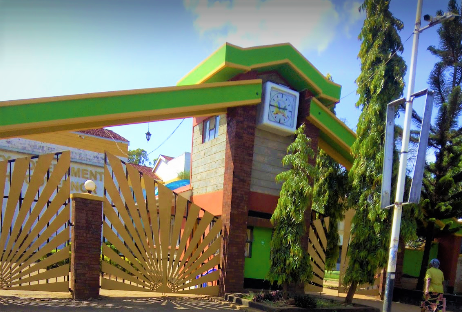
Trade CS Peter Munya has been directed by the Senate select committee on maize crisis to carry out tests on maize valued at Sh8.05 billion currently yellowing at the NCPB silos.
Committee chair Margaret Kamar instructed CS Munya and Kenya Bureau of Standards (KEBS) to collect samples in the Strategic Grain Reserve to determine their suitability for human consumption.
Nyamira Senator Okong’o Omogeni gave the Cabinet Secretary 14 days to compile a report on the status of the maize.
“CS, we have given you 14 days to carry out the test and give us feedback so that by the time we are compiling the report we know the status of the maize in the silos,” said Okong’o Omogeni.
Speaking before the committee, acting NCPB managing director Albin Sanga said millions of bags of maize kept at NCPB stores risk going to waste as a good proportion had turned yellow.
“Some maize has stayed more than six months in the silos and it has now changed color and we are looking at ways to sell it. In terms of consumption, it is still okay, only that the color has changed,” Sang said.
The CS while appearing before the committee, contradicted officials from the Ministry of Agriculture on the entry of maize from the neighboring countries. He revealed that the government had allowed the importation of maize from neighboring countries.
The CS said maize was sourced from Uganda, Tanzania, Zambia, United States, Zimbabwe, Ethiopia, Mexico, Mozambique, Russia and Ukraine.




